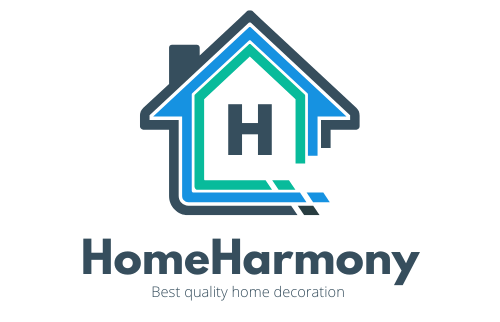Shiplap Overload
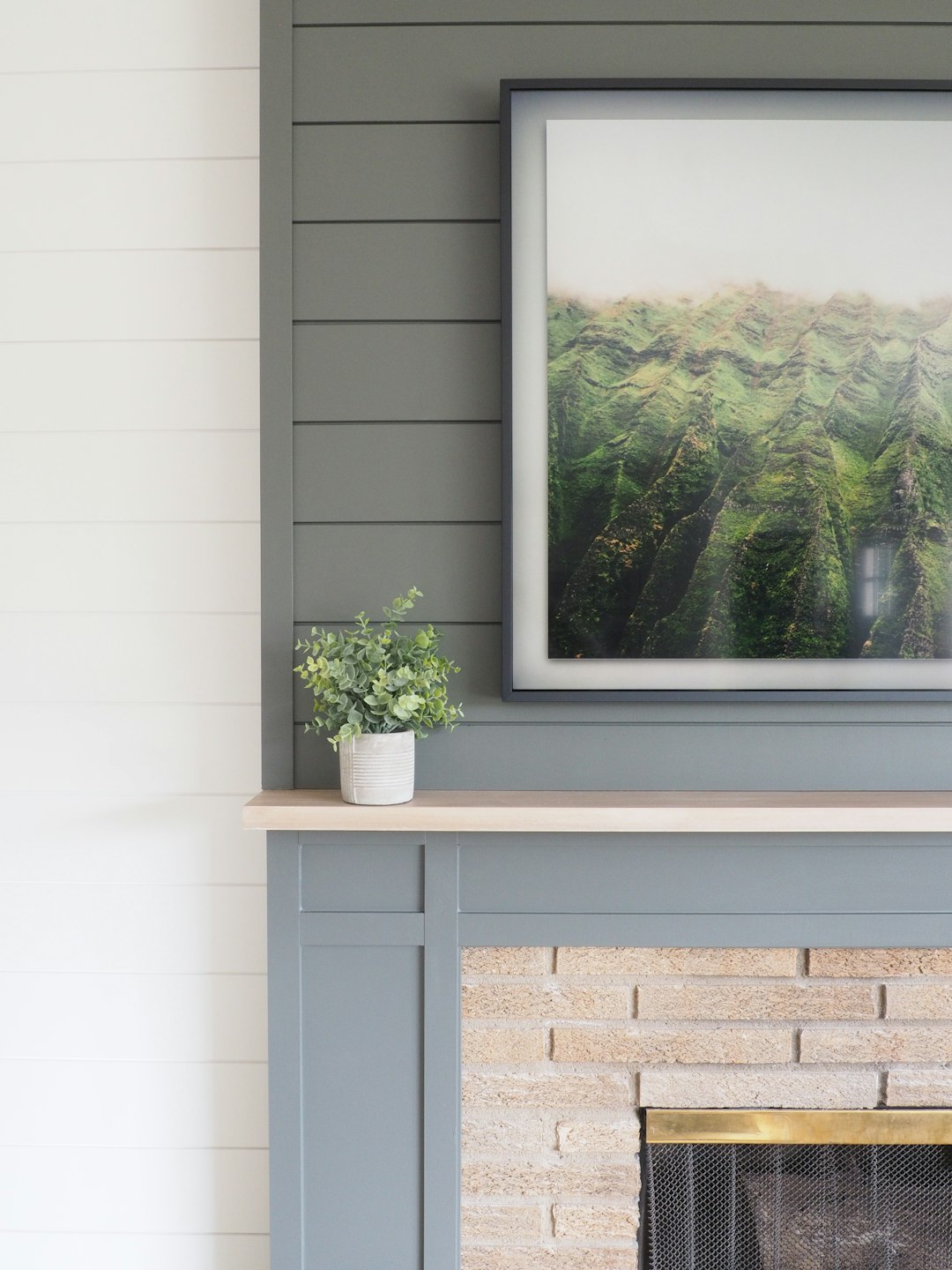
Shiplap walls exploded in popularity thanks to shows like “Fixer Upper,” but their widespread use has already felt dated. Originally a practical material for barns and sheds, shiplap became a go-to for achieving that farmhouse vibe. However, according to a 2023 Houzz survey, fewer than 12% of new home renovations now include shiplap, and designers have called it “the avocado green of the 2010s.” Many homeowners regret installing it everywhere, citing how the look can make spaces feel overly themed and even sterile. Instead, people are shifting toward textured plaster and wallpaper for more depth and individuality. The overuse of shiplap on ceilings, kitchen islands, and even bathrooms has led to a kind of “farmhouse fatigue.” What once felt fresh now runs the risk of making a home look stuck in a very specific era, making resale trickier for those trying to appeal to broader tastes.
Gray Everything
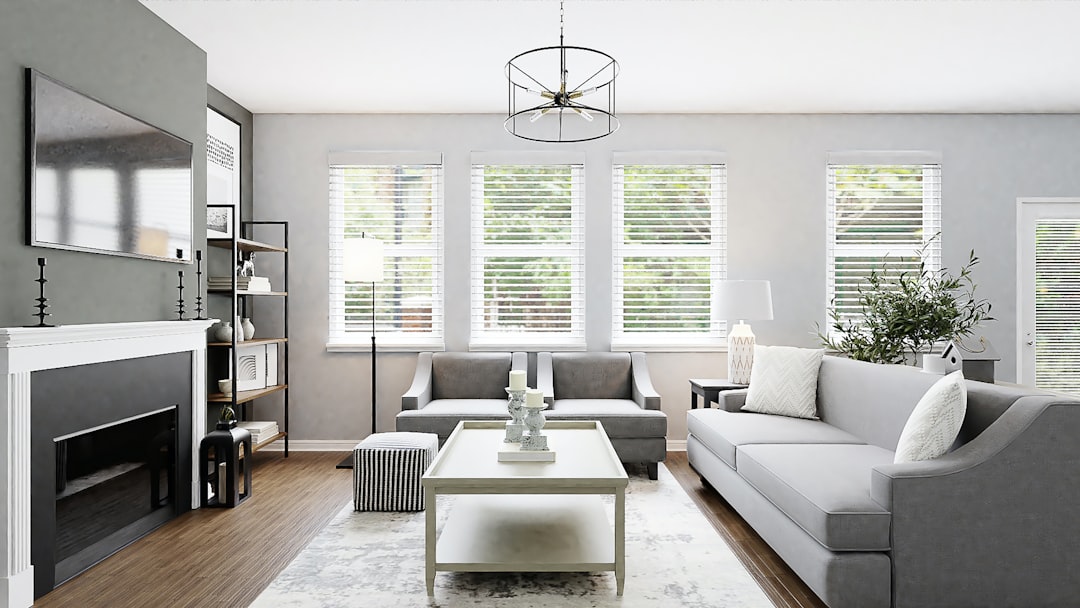
For a while, gray reigned supreme in home interiors, used for walls, floors, furniture, and even cabinetry. By 2022, a Zillow study found that homes with gray interiors actually sold for less than those with warmer, more inviting colors. The cold, clinical vibe of all-gray spaces started to feel unwelcoming, especially during the pandemic when people craved warmth and comfort. Home stagers now recommend adding pops of color or switching to creamy neutrals to help homes sell faster. The starkness of gray, once seen as sleek and modern, now gets criticized for draining energy from rooms. Designers like Emily Henderson have publicly declared the “reign of gray is over,” pushing clients to embrace earth tones and natural textures. In just a few years, the once-cool palette has become shorthand for a bygone trend.
Open Shelving in Kitchens
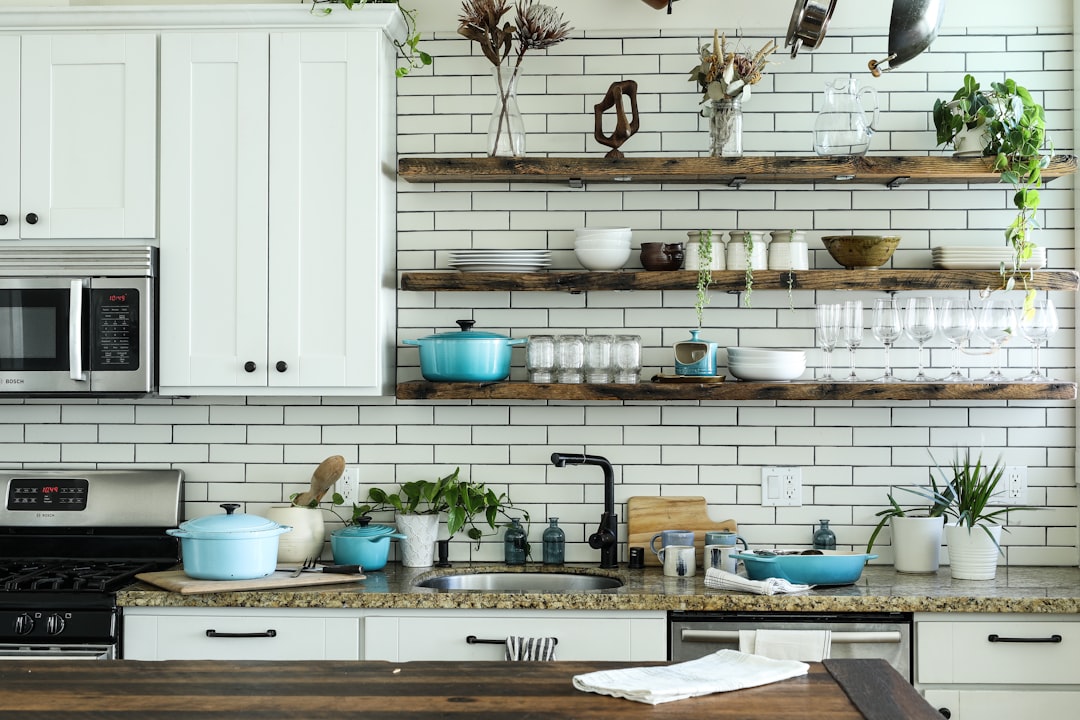
Open shelves became a darling of Instagram and Pinterest, promising a light, airy, and accessible kitchen. But as homeowners quickly learned, open shelving demands constant styling and cleaning. A 2023 survey by Consumer Reports found that 73% of homeowners who installed open shelves regretted it, citing dust, grease, and clutter. What looked beautiful in photos became impractical in everyday life, with chipped dishes and mismatched mugs on display for all to see. The trend also contributed to visual chaos, especially in small spaces. Kitchen designers now favor a mix of closed cabinets and a few statement shelves for special items, rather than full wall installations. The reality check has led to a swift retreat from this once-coveted look.
Industrial Chic Everything

Inspired by converted lofts and urban warehouses, industrial chic brought exposed pipes, Edison bulbs, and raw materials into suburban homes. But as the trend ballooned, so did the sense of cliché. According to a 2022 report by HomeLight, buyers now associate heavy industrial decor with restaurants and coffee shops, not cozy living spaces. The harshness of concrete floors and metal fixtures can feel cold, especially in family homes. Designers like Nate Berkus have noted that the “industrial look works best in actual industrial spaces.” The overuse of rolling barn doors, pipe shelving, and reclaimed wood accents has made many interiors feel more like a set piece than a sanctuary. In response, there’s a move toward softer, more personal finishes.
Chevron and Geometric Patterns

Chevron exploded onto the scene in rugs, pillows, and even wall paint, offering playful movement and bold contrast. However, the pattern quickly became so ubiquitous that it lost its charm. By 2024, interior trend reports from Elle Decor highlighted how chevron feels “instantly dated.” Geometric patterns, when overdone, can overwhelm a room, making it feel busy or juvenile. Many designers now recommend subtle, organic patterns or simple stripes instead. The decline in chevron’s popularity is visible on major retailer sites, where catalog selections have shrunk considerably compared to 2018. The lesson here: what’s playful one year can feel overdone the next.
All-White Interiors
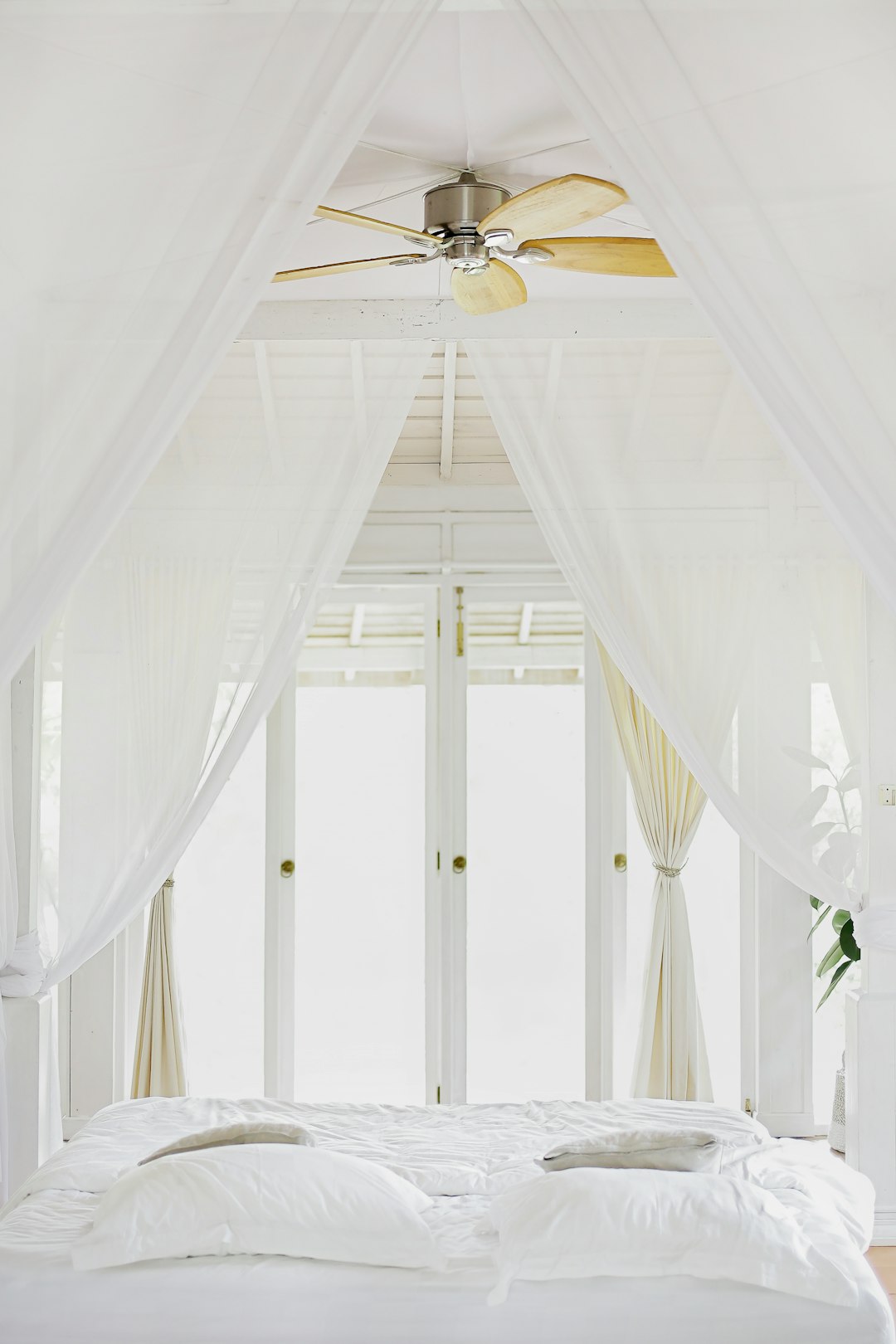
The all-white look—walls, furniture, floors—was meant to evoke calm and simplicity. But for many, it instead brought anxiety. A 2023 Apartment Therapy poll revealed that 65% of respondents found all-white rooms “stressful to maintain.” Every smudge, scratch, or spill stands out, making these spaces high-maintenance, especially for families with kids or pets. Additionally, an all-white scheme can make rooms feel bland or even clinical, lacking the warmth that people now crave at home. Designers have shifted toward “color drenching” and warm neutrals, which are easier to live with and more forgiving. The fleeting reign of all-white interiors has faded in favor of richer, more personal palettes.
Fast Furniture and Flat-Pack Overload

The rise of fast furniture—affordable, flat-pack pieces from big-box stores—made trendy looks accessible to many. However, these items often lack durability and quickly show wear. By late 2023, reports from The New York Times highlighted growing concerns about the environmental impact of disposable furniture, with millions of pieces ending up in landfills every year. Homeowners are also finding that these pieces date a room quickly, especially as designs become easily recognizable and mass-produced. There’s a renewed interest in investing in fewer, higher-quality items that last. Vintage and upcycled furniture sales have risen sharply, suggesting a shift away from the “throwaway” trend.
Barn Doors Everywhere
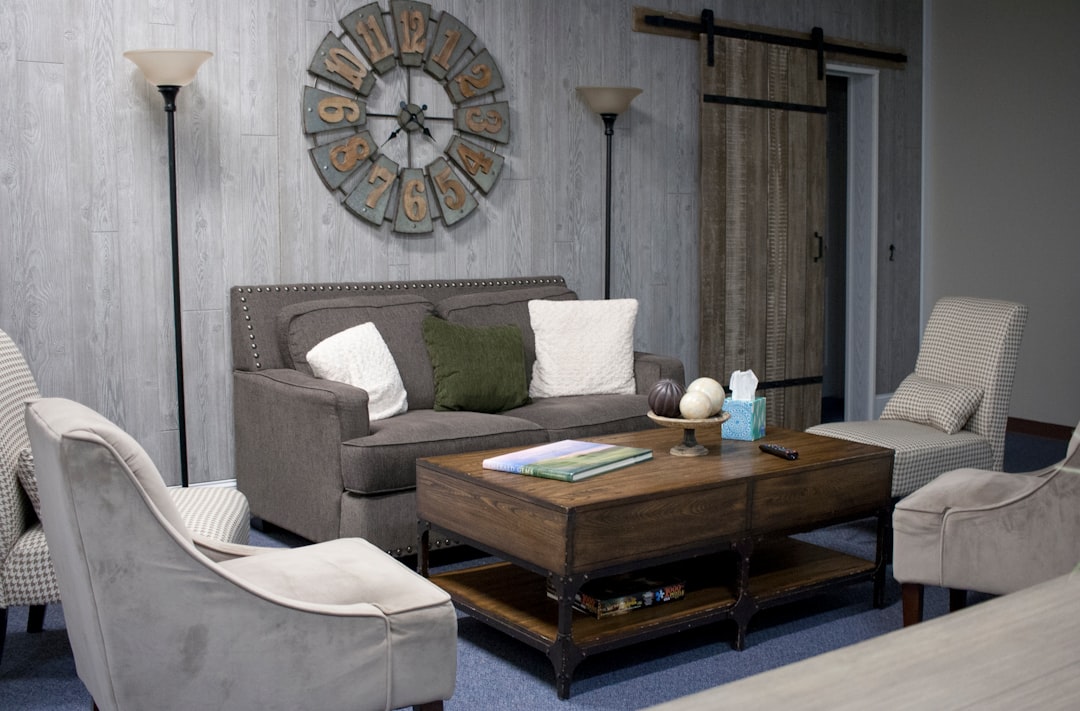
Barn doors jumped from rustic farmhouses into suburban and urban homes, used for everything from bathrooms to pantries. At first, they offered charm and space-saving function. However, as noted by a 2023 Redfin analysis, homes with barn doors now take longer to sell, with buyers seeing them as “gimmicky” or “outdated.” The hardware can be noisy, and privacy is often compromised compared to traditional doors. Many homeowners have grown tired of the look, with designers now suggesting pocket doors or sleek panel doors as more timeless alternatives. What was once a statement piece has quickly become a sign of yesterday’s trends.
Accent Walls in Bold Colors
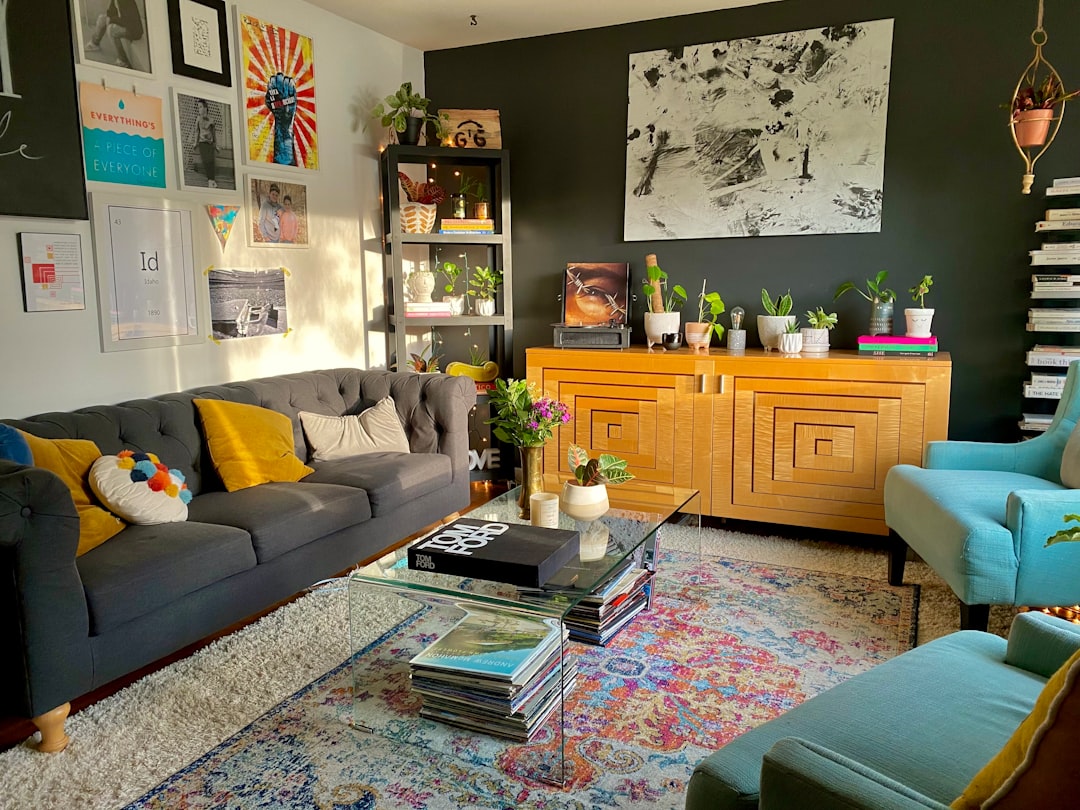
Painting one wall in a dramatic color—like navy, emerald, or black—was a quick way to make a statement. But as shown in a recent survey by Sherwin-Williams, more than half of homeowners now prefer subtle, cohesive palettes throughout their spaces. Accent walls can chop up a room visually, sometimes making spaces feel smaller or disjointed. The trend also encouraged a “quick fix” mentality instead of thoughtful design. Today, designers suggest using color in art, textiles, or furniture for impact, reserving bold walls for spaces where it truly makes sense. The era of the single accent wall seems to have passed.
Over-the-Top Gallery Walls
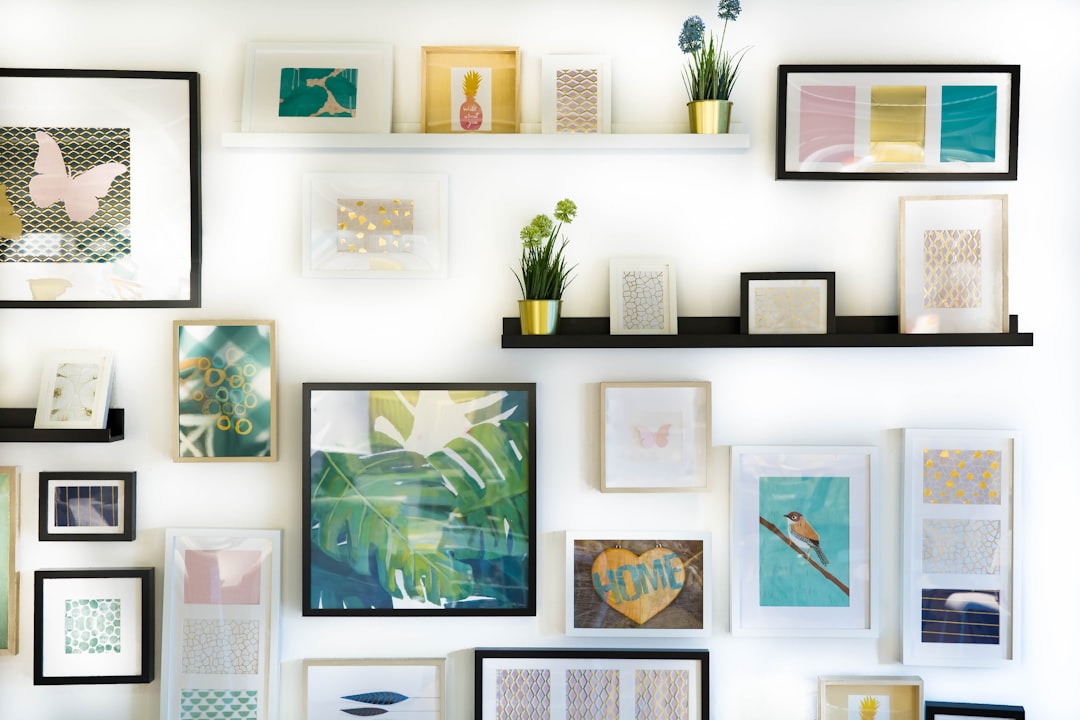
Gallery walls, filled with clustered art and photos, were everywhere on social media in the late 2010s. But now, critics argue that too many pieces can create clutter and detract from individual works. A 2023 survey from Architectural Digest found that 60% of designers now favor larger, singular art pieces over busy gallery arrangements. The shift is toward more intentional curation, allowing each piece to breathe and have impact. Overdone gallery walls can also be difficult to maintain and update, making them less appealing for homeowners wanting a fresh look. The desire for simplicity and calm has replaced the maximalist approach.

Henrieke Otte is an accomplished writer and content editor, specializing in topics that inspire thoughtful living—ranging from global travel and sustainable lifestyles to interior design and architecture. With a keen editorial sense and a background in cultural studies, Henrieke brings depth, elegance, and clarity to every piece she crafts.
Her work is known for its engaging voice, visual sensitivity, and ability to turn complex ideas into accessible, reader-friendly narratives. Whether exploring eco-conscious destinations, dissecting climate-conscious home trends, or curating serene living spaces, Henrieke writes with a balance of creativity and insight that resonates with design-savvy, environmentally aware audiences.
Driven by a love of meaningful storytelling and a refined aesthetic, Henrieke contributes regularly to digital platforms and magazines where quality content meets visual sophistication.
